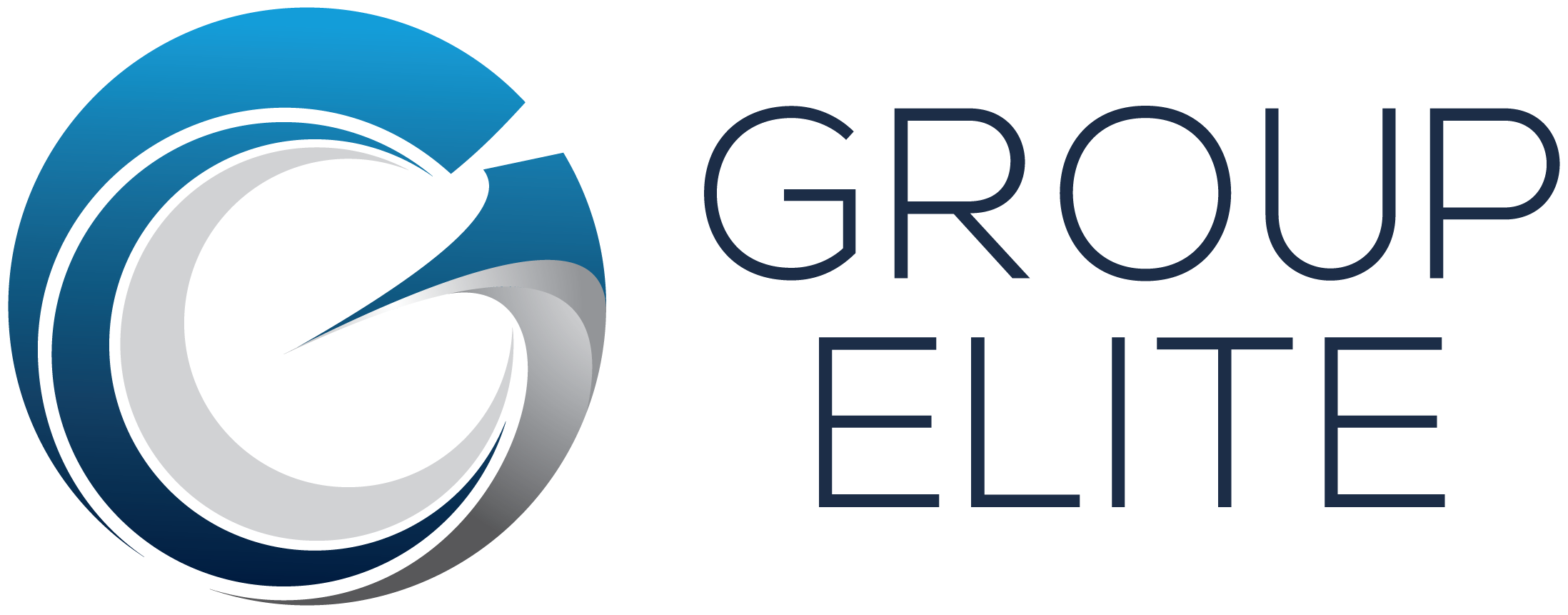The impact of the supply chain crisis is being measured in many ways – part shortages, the cost of shipping, the amount of containers, shortages of port workers, truck drivers and the list goes on. These factors and the corresponding financial impact traverses our newsfeeds and TV screens each day. Yet as economists study the details behind each component of the predicament, companies often overlook the customer experience impact much further downstream. How do you measure the customer loyalty impact of an angry consumer? How do you know if your employees are effectively communicating the delays, the apologies, and the concessions to keep customers from losing their minds?
You listen.
Thousands of voice interactions are being recorded in call centers each day around the world. From the “where’s my package” to the “what’s the status of my claim” these interactions are used – yes used – for coaching and training purposes. Supervisors hand-select interactions for coaching and meeting with their staff to give advice and prepare agents for the next call. The process to find good (or bad) interactions to coach can be tedious. In fact, most companies do this process in a rather random manner and fail to find a recent call that actually needs coaching.
Yet, in the last decade, more and more savvy organizations are using advanced speech analytics tools to search for specific calls containing specific keywords to coach to specific behaviors. For example, you can use speech analytics to find all the calls in which an angry customer is complaining about a backordered item. Alternatively, you can use the same tool to find ways that effective agents have calmed angry customers with their words or tone. If best practices are shared among the teams, it’s always more effective to show a real life example, not just a suggested way in the coaching manual.
This leads us back to the crisis at hand. The supply chain impact must also be measured downstream. After the containers and truck drivers issues, someone must tell the customer just what is going on. Customer service organizations must quantify the impact on call volume and prepare their employees to communicate more effectively than ever before.
Staffing in Call Centers
First, customer service teams must be staffed appropriately. Gone are the days that you could simply put “Wait times could be longer due to COVID-19 precautions” on your phone menu and expect understanding. If you hear this message in late 2021 and early 2022, then you’re dealing with a company that hasn’t learned much in the past 20 months. A Verint study shared that, “if a caller is not speaking with a call center agent after a minute, nearly two-thirds of people will hang-up.” Despite COVID-19, some companies have not been able to adapt to increasing call volumes. The important factor they are missing is called: Average Speed of Answer (ASA).
Staffing is also a byproduct of a proper forecast – how many people will we need to answer the amount of calls that are predicted to come in? To effectively measure the impact of the supply chain crisis, companies are reverting back to speech analytics. Now the same tool is used to flag and quantify the interactions involving supply chain issues. At Group Elite, we helped one client discover over 27 different ways a customer can express supply chain frustration. One of our clients in the medical industry saw their call volume on supply chain frustration go up over 500% since April of 2020.
Prepare to adjust your staffing models and training now. Once you have customer service staffed, don’t forget to ask yourself the second question: are they coached properly and ready to interact with frustrated customers?
Coaching in Call Centers
Most organizations’ generic call center training is not enough. Are they prepared to communicate the bad news? Are they prepared to explain to an angry parent that Sally’s Christmas present is backordered? Are they prepared to tell the new homeowner that their furniture will take another 6 months to arrive? Again, lean on analytics to sort through the millions of calls and track the severity of the problems. Call recordings from strong agents that communicate and empathize well should be singled out and used in training.
The results may surprise you.
One of Group Elite’s retail clients found that agents that thoroughly explained the reason for the delay, stopping to provide an explanation in great detail about the item, the packaging, the shipper and its country of origin was not what the customer wanted to hear. Most callers just wanted a heartfelt apology and upgraded shipping for when the item was ready. However in a telecommunications call center, we found that customers were only soothed with detailed explanations and finger-pointing across the supply chain – “don’t keep apologizing, just tell me what’s going on!” So how do you know the right way to communicate the news in your organization? Again, turn to analytics. Which agents do it well and how? Then, teach the others.
Listening for the Supply Chain Impact
An Accenture study shared that, “70% of supply chain officers believe supply chains will be a key driver of better customer service.” Here’s what Accenture went on to say in 2020: “The customer-centered supply chain continually looks for opportunities to elevate the customer experience. This is how it delivers true customer centricity that fully satisfies customer needs.”
In late 2021, we should have elevated the customer experience when the supply chain is broken. As we move into 2022, please remember that customers will have no problem communicating their dissatisfaction 100% of the time.
Are you listening?





